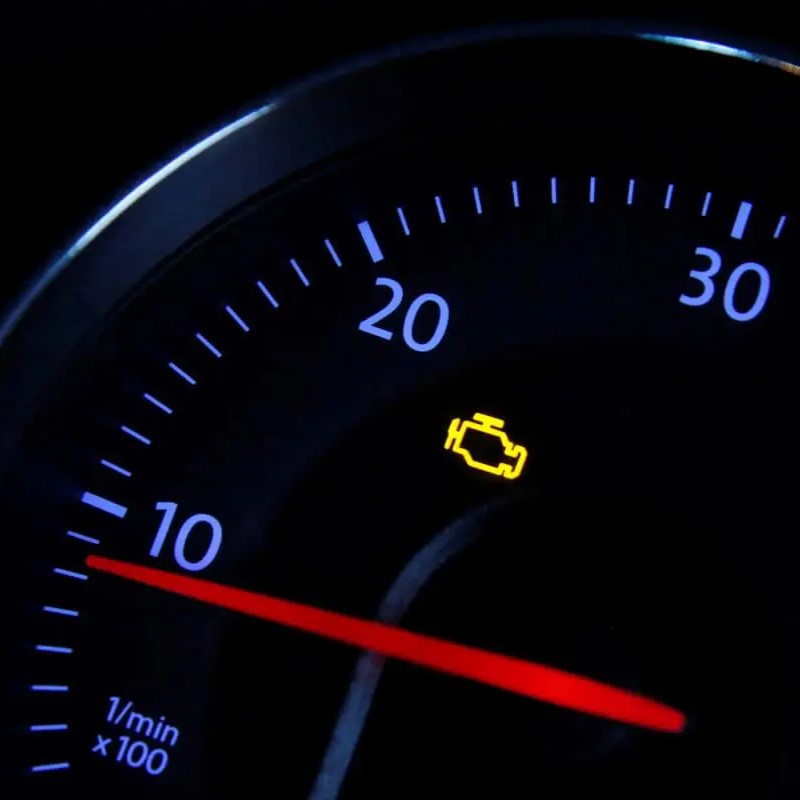Have you ever been cruising down the highway, enjoying the scenery, when a sudden, unfamiliar light appears on your dashboard? Panic might set in, especially if you’re unfamiliar with car warning lights. One such light that can cause confusion is the VSA light. But fear not! This article delves deep into the meaning of the VSA light, its role in your car’s safety system, and what to do when it illuminates.
Demystifying VSA: What Does it Stand For?
VSA stands for Vehicle Stability Assist (or Electronic Stability Control, ESC, depending on the manufacturer). It’s a crucial component of your car’s electronic safety system. In simpler terms, VSA acts as a guardian angel, constantly monitoring your vehicle’s stability and intervening when it detects a potential loss of control.
Here’s how it works: Sophisticated sensors in your car continuously track various parameters, including wheel speed, steering angle, and yaw rate (the car’s rotation around its vertical axis). When VSA perceives a discrepancy between your intended direction (based on steering input) and the car’s actual direction (based on sensor data), it springs into action.

VSA in Action: How Does it Keep You Safe?
Imagine you’re navigating a sharp curve on a wet road. You turn the steering wheel, but due to slippery conditions, your car starts to skid outwards. This is where VSA shines. By analyzing the sensor data, it recognizes the mismatch between your steering input and the car’s trajectory. To rectify this, VSA can employ two primary methods:
- Selective Braking: VSA applies braking force to individual wheels, typically the front outer wheel or the rear inner wheel, depending on the situation. This selective braking helps to counter the skid and nudge the car back onto its intended path.
- Engine Power Modulation: VSA can also regulate engine power output. If the car is oversteering (turning more than intended), VSA might reduce engine power to slow it down and regain control. Conversely, during understeering (turning less than intended), VSA might briefly increase power to help the car rotate more sharply.
This dynamic interplay between braking and engine control helps the VSA system keep your car stable and prevent a spinout or loss of control, especially in challenging driving conditions.

When the VSA Light Illuminates: What Does it Mean?
If the VSA light illuminates on your dashboard, it signifies that the system has detected a potential stability issue. There are two main scenarios:
VSA System Malfunction:
In some cases, the light might come on due to a malfunction within the VSA system itself. This could be a faulty sensor, a wiring issue, or a problem with the VSA control unit.
VSA System Intervention:
More likely, the VSA light illuminates because the system has actually intervened to correct a stability issue. This could be due to factors like:
- Sharp turns: Taking a corner too fast, especially on slippery surfaces, can trigger the VSA to activate and the light to come on.
- Sudden maneuvers: Erratic swerving or abrupt changes in direction can also prompt VSA intervention and the corresponding light.
- Poor road conditions: Driving on wet, icy, or uneven roads can increase the likelihood of the VSA system engaging and the light activating.

What to Do When the VSA Light Comes On
Seeing the VSA light can be unnerving, but it’s important to stay calm and take measured steps:
- Maintain Control: The most crucial action is to stay in control of your vehicle. Don’t panic and slam on the brakes. Gently ease off the accelerator and steer the car in a straight line.
- Assess the Situation: Once you’ve regained control, try to identify any potential reasons why the VSA might have activated. Were you taking a sharp turn, driving on a slippery road, or making any abrupt maneuvers?
- Consult your Owner’s Manual: Every car is different, so refer to your owner’s manual for specific instructions regarding the VSA light. The manual might suggest turning off the VSA system temporarily (not recommended unless absolutely necessary) or recommend seeking professional help from a mechanic.
VSA vs. Traction Control (TC): Understanding the Differences
VSA and Traction Control (TC) are often confused, but they serve distinct yet complementary purposes. While VSA focuses on overall vehicle stability, including cornering and skid prevention, TC primarily tackles wheelspin during acceleration.

When the VSA Light Doesn’t Go Off: Seeking Professional Help
If the VSA light remains illuminated even after restarting your car and driving normally, it’s best to seek professional help from a qualified mechanic. There could be an underlying issue with the VSA system that requires diagnosis and repair. Here’s why:
- Safety Hazard: A malfunctioning VSA system compromises your car’s stability control, increasing the risk of accidents, especially in adverse driving conditions.
- Diagnosis Expertise: Mechanics possess the knowledge and tools to diagnose VSA system faults accurately. They can pinpoint the exact problem, whether it’s a faulty sensor, a wiring issue, or a malfunctioning control unit.
- Repair Solutions: Once the problem is diagnosed, a mechanic can recommend the most appropriate repair solution. This might involve replacing a faulty component, repairing damaged wiring, or reprogramming the VSA control unit.
Taking Care of Your VSA System: Preventive Measures
While the VSA system is a robust safety feature, there are steps you can take to ensure it functions optimally:
- Regular Maintenance: Regular car servicing includes checks on the VSA system. During servicing, mechanics can verify sensor functionality, inspect wiring for damage, and ensure the system is operating correctly.
- Proper Tire Care: Maintaining proper tire pressure is crucial for optimal VSA performance. Uneven or low tire pressure can affect vehicle stability and trigger VSA activation.
- Safe Driving Practices: The VSA system is designed to assist you, not replace safe driving habits. Avoid aggressive maneuvers, especially on slippery roads. Always adjust your speed to the prevailing conditions.
By following these preventive measures, you can help keep your VSA system in top shape, ensuring it’s there to assist you when you need it most.

Conclusion: The VSA Light – A Friend, Not a Foe
The VSA light might seem like a cause for alarm, but it’s actually a valuable safety feature in your car. Understanding what it signifies and how to respond when it illuminates empowers you to handle situations calmly and safely. Remember, the VSA system is your guardian angel on the road, working tirelessly to keep you and your passengers safe. By maintaining the system and practicing safe driving habits, you can ensure a smooth and secure journey every time you get behind the wheel.





